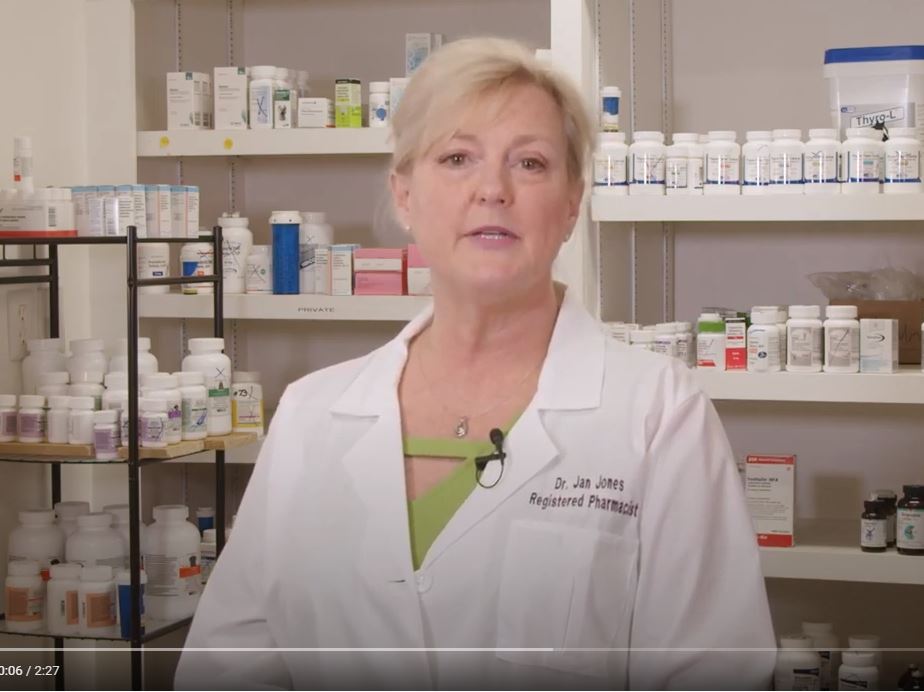COMMON ‘SILENT’ CAT KILLING DISEASES
Recently, I had a mysterious case of a 1 Year old cat that had suddenly fallen ill with diarrhea, vomiting and was drinking excessive amounts of water. The bloodwork showed distressed kidneys with elevated BUN and creatinine levels. Typically, kidney disease is an older cat disease so the fact this cat was only 1 year old was very atypical. While discussing the bloodwork with the family they mentioned that someone in their family had recently passed away. And that’s when it struck me! I asked them if they brought any plants or flowers back to their home after the funeral, the answer was yes. This confirmed one of the two possibilities I was considering as the cause of kidney failure in a young cat. Either Anti-freeze poisoning or plant toxicity. This young cat had the opportunity to eat, drink the water from or breathe in the pollen from a Lily Plant .The Lily plant can be very toxic to cats, the leaves, the water or even the pollen are all toxic and can cause Kidney failure. So, I consider this case of Kidney failure a silent cat killer.
To protect your pets from Silent Cat Killing diseases, knowledge is your best weapon. Knowledge of how cats typically show signs of illness and a knowledge of the common diseases that like a thief in the night can cause illness and death in our furry friends. Today’s blog discusses the signs cat show when ill and four of the common and often silent diseases of cats.
Cats are best known for their independent but loving natures. When cats don't feel well it can be difficult to determine what is wrong with them, but it is especially hard for cat owners to notice symptoms unless they are watching for abnormal signs or deviations from normal behavior. By their inherent nature cats instinctively protect themselves from predators by hiding weakness or illness. There obviously may not be a predatory threat in your home but even in single pet homes this inherited behavior can be present
How to know if your cat is sick:
By the time you notice something is wrong with your cat, it might have been going on for a longer amount of time than you think. Be on the look our for these signs they do not feel well:
- Vomiting is not normal in cats. Some people think it's ok for a cat to vomit every few days, but it's not. Things like rare vomiting or the occasional hairball are not a concern but vomiting more than this warrants a trip to the veterinarian.
- Diarrhea
- Loss of appetite can be normal for cats, but it still should not be ignored.
- Increased appetite may also be a concern, especially if it comes on suddenly in an older cat. Increased appetite should not be ignored, even in younger cats. If nothing else, it can lead to overeating and obesity.
- Weight changes in cats are always concerning, whether it's gain or loss
- Lethargy is a sign of a problem, even if it's subtle. Contact your vet if your cat seems to be lying around a lot, sleeping more than usual, or just generally has a low energy level. There is probably something going on with your cat's health.
- Increased thirst can mean many things in cats.
- Changes in urination are always important to address.
- Changes in breathing like wheezing rapid breathing, shortness of breath, and raspy breathing should never be ignored. Discharge from eyes or nose indicates a possible upper respiratory infection. This can make your cat feel ill and stop eating. It may be contagious to other cats in your home. Your vet may recommend medications to help your cat recover faster.
- Ear debris or discharge might mean your cat has an ear infection or even parasites like ear mites.
- Skin irritation or hair loss may be a sign of allergies, external parasites, or another skin condition.
- Increased vocalization may mean your cat is sick, in pain, stressed or just bored. It's important to rule out a health issue first before you explore the behavioral side of this issue.
- Overgrooming may be behavioral, but it could also mean your cat has a skin issue or is in pain. If you notice overgrooming, start with a vet visit to try to get to the root of the problem.
- Personality changes may be normal when they happen over time, especially as your cat ages. However, if your normally friendly cat is showing aggression, or your happy, confident cat is suddenly acting afraid, there is a need to further explore with your vet. If your cat seems confused or disoriented, then its an even more urgent situation.
- Limping and trouble jumping up are signs of an injury or a condition like arthritis.
- Swelling in any area of the body should not be ignored. It may be a wound that has turned into an abscess. It could even be a tumor.
- Bad breath or drooling and bleeding from the mouth.
4 Common Silent Diseases:
1. High Blood Pressure or Hypertension
High blood pressure can be the primary cause of several health issues within cats. Because obvious clinical signs are not always present, it also can be easily overlooked. The best time to diagnose high blood pressure is before any type of damage is done, and the only way to achieve that is during regular visits.
Hyperthyroidism, diabetes mellitus, renal insufficiency, hepatic and cardiac insufficiency, hyperadrenocorticism, neoplasia and obesity are just a few of the many diseases that can cause high blood pressure in cats. There are also certain drugs that can have the same effect, including phenylpropanolamine (PPA), phenylephrine, theophylline, aminophylline, glucocorticoids, erythropoietin and nonsteroidal anti-inflammatory drugs (NSAIDs).
The most common symptom of hypertension in cats is abnormality with vision, including dilated pupils that do not constrict with light, blood in the eye and blindness. Other clinical signs of high blood pressure in cats can include:
- Decreased/increased appetite
- Vomiting
- Increased urination and water consumption
- Weight loss
- Heart murmur
- Seizures
- Abnormal behavior
- Collapse
- Proteinuria
- Hematuria
2.Chronic Kidney Disease
Chronic Kidney Disease (CKD) sometimes called chronic renal failure or chronic kidney injury, is a top silent killer of cats. CKD causes a 75 percent failure of both the kidneys. All symptoms are observable, symptoms include excessive drinking and urinating, larger bowel movements, weight loss, bad breath, lethargy and hiding.
Common causes of kidney disease in cats include:
- Bacterial infection of kidney tissues (pyelonephritis)
- Kidney stones (nephrolithiasis)
- Blockage of the kidney (ureteral obstruction with hydronephrosis)
- Household toxins like antifreeze or medications or plants/flowers
- Damage to tubules (tubulointerstitial disease)
- Damage to filters (glomerular disease)
- Feline infectious peritonitis (FIP), an inflammatory disease commonly found in domestic and wild cats
- Cancer
- Heredity
3.Diabetes Mellitus
Just as in human beings, diabetes mellitus (DM) is more common in cats that are overweight or obese. There are also two types. The most common symptoms in cats are increased thirst and urination, but other symptoms include hunger, weight loss, lethargy, depression and vomiting.
Because the symptoms of this disease are very similar to those of other diseases, such as kidney disease or hyperthyroidism, diagnosis most often comes from careful examination and charting of symptoms over time. For that reason, it is important to have regular wellness visits as they are crucial to the ongoing care and health of your cat.
4.Cancer
Gastrointestinal cancer is the most common type found in cats, but veterinarians are finding more and more occurrences of cancer in pets as cats and dogs are starting to live longer. Here are a few tips to lower your cats’ risk of dying from cancer:
- Spay. it lowers the risk of developing mammary adenocarcinoma.
- Keep cats inside. Indoor cats typically live longer than outdoor cats because it limits the amount of potential dangers, but it also keeps them out of the sun, protecting them against squamous cell cancer on their ears, nose and eyelids.
- Pay attention. This means learning the potential symptoms and looking out for them.
Never underestimate the importance of routine veterinary care for cats. Annual veterinary exams are essential for cats even senior cats that never go outside and appear healthy. Senior cats can benefit from biannual check-ups and routine lab work and if you suspect your cat is showing signs of illness it is very important to see your Veterinarian. Annual exams or visits for a suspected illness give the vet an opportunity to examine your cat when he appears healthy or the chance to find abnormalities on the exam that indicate a minor problem before your cat becomes sick. Early detection might mean you and your vet can take action before the illness is serious. I think sometimes my clients bring their pets for an exam and wonder if they were foolish for doing so if the exam finds nothing wrong. This is not the case; it is far better to know for sure that nothing is wrong than wait and then find out disease is present, and it is at a stage much more costly and difficult to treat!
To Your Pet’s Good Health,
Dr. Barry
Sources
http://veterinarycalendar.dvm360.com/high-blood-pressure-cats-silent-killer-proceedings
http://www.pethealthnetwork.com/cat-health/cat-checkups-preventive-care/5-silent-killers-cats
https://vcahospitals.com/know-your-pet/hypertension-or-high-blood-pressure-in-cats
http://www.pethealthnetwork.com/cat-health/cat-diseases-conditions-a-z/diabetes-mellitus-cats
https://www.thesprucepets.com/signs-your-cat-is-sick-4165142






